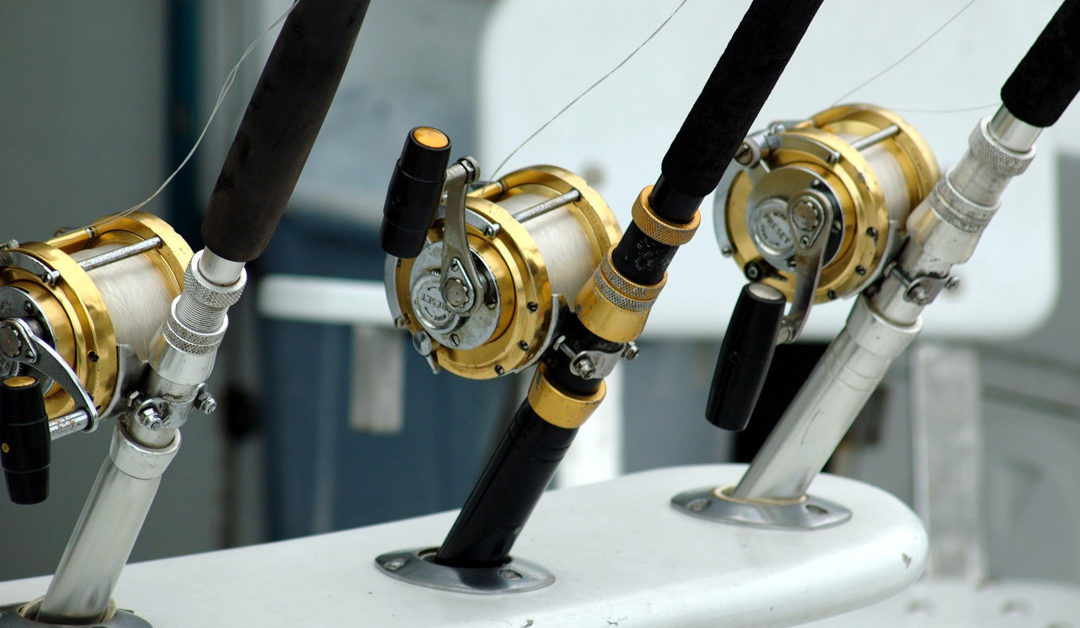Are the pages of Hemingway’s Old Man and the Sea your inspiration for the ideal recreational experience?
If yes, you are likely thinking about deep sea fishing, one of the most well-liked and well-known methods for pursuing a range of species in the angling community.
Deep sea fishing occurs in clear, blue seas that are often at least 100 feet deep and from where any discernible shorelines aren’t visible.
Big fish tend to congregate around structures like reefs, wrecks, and oil rigs present in these fishing areas, which attracts deep-sea fishing enthusiasts.
5 Tips for Deep-sea Fishing Trip
So, if you’re planning a deep-sea fishing trip, here are some tips to help you enjoy your day!
1. Don’t Go on an Empty Stomach
First things first, being in the sun all day requires you to drink plenty of water. If you bring water bottles or a cooler filled with ice water, you’ll always have something cool to drink. However, you’ll undoubtedly work up an appetite as well. Sandwiches are a quick and portable alternative that will sustain you for a whole day of fishing.
2. Bring First Aid Kit
Accidents happen, and when they do, you better be prepared while out in the water with no hospitals or doctors around (unless, of course, you have a doctor on board). Ensuring your deep-sea fishing excursion is safe for everyone requires having a first aid kit on deck at all times. Bring motion sickness medicine with you if you or someone you are fishing with is prone to feeling queasy at sea. It’s also advisable to stock up on extra gauze, hand sanitizer, bandages, and other useful medical supplies. To ensure you’re ready for anything, keep everything in a waterproof case.
3. Educate Yourself on Each Season
Though places such as Hawaii or Florida have lovely weather all year round, spring and summer are the best seasons for deep-sea fishing. But if you’re a novice, you shouldn’t discount any location’s off-season. From October through March, there are still a lot of unique catches to be had. Additionally, you will have less competition when fishing when fewer fishing boats are on the sea. There might be plenty of hauls during the off-season. Make careful to check the seasonal availability of any fish you have in mind. Even though a region is well renowned for a certain fish, it could only be present during a particular season.
4. Focus on Learning to Fish
While on your deep-sea fishing trip, it is important not to get too caught up in how much fish you’ve caught or their size. One mistake many people make is that they arrive with an extensive list of unrealistic expectations. Instead of concentrating on fishing, concentrate on learning to fish and keep in mind the proverb, “once you teach a guy to fish.” That being said, it is OK to declare that you wish to capture this or that species of fish, but it is unlikely that you will succeed if you have a big list of fish on your list. Instead, focus on learning and arrive ready to do so. Your skill level, which is what you’re here to develop, will largely determine what you catch or whether you catch anything at all.
5. Pack for Comfort on Long Days
While food and water should always be at the top of your priority list, that’s not the only thing you’ll need while out deep-sea fishing. Pay close attention to the essentials because they will make long fishing days as comfortable as possible for you. Things like clothing, food, medicine, sunscreen, your camera, and polarized sunglasses will be at the top of the list. The weather is usually uncertain when you go fishing. Although it may appear to be lovely and sunny, it might start to rain very quickly. You should bring clothing that will keep you comfortable in the wind, rain, and sun. Layering your clothing is a great idea.
So, now that you know how to make your deep-sea fishing trip a smooth one, it’s time to experience fishing out in the open seas.

